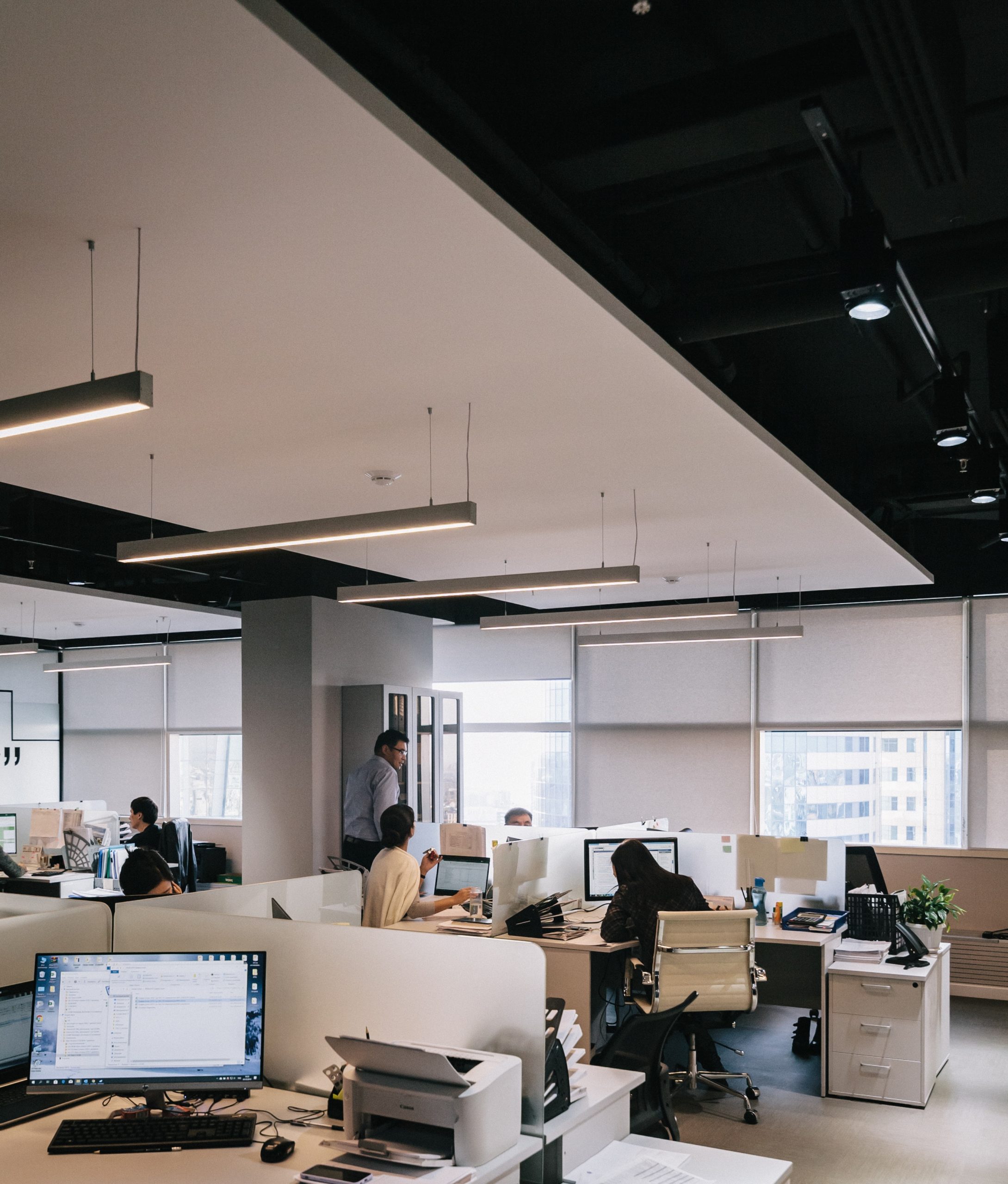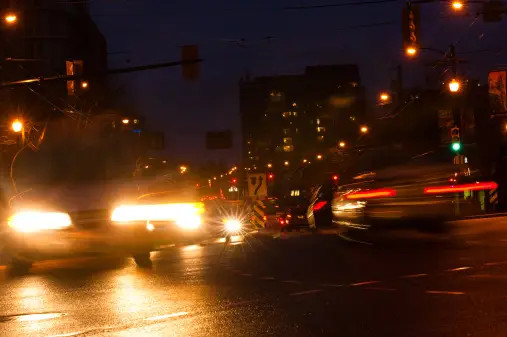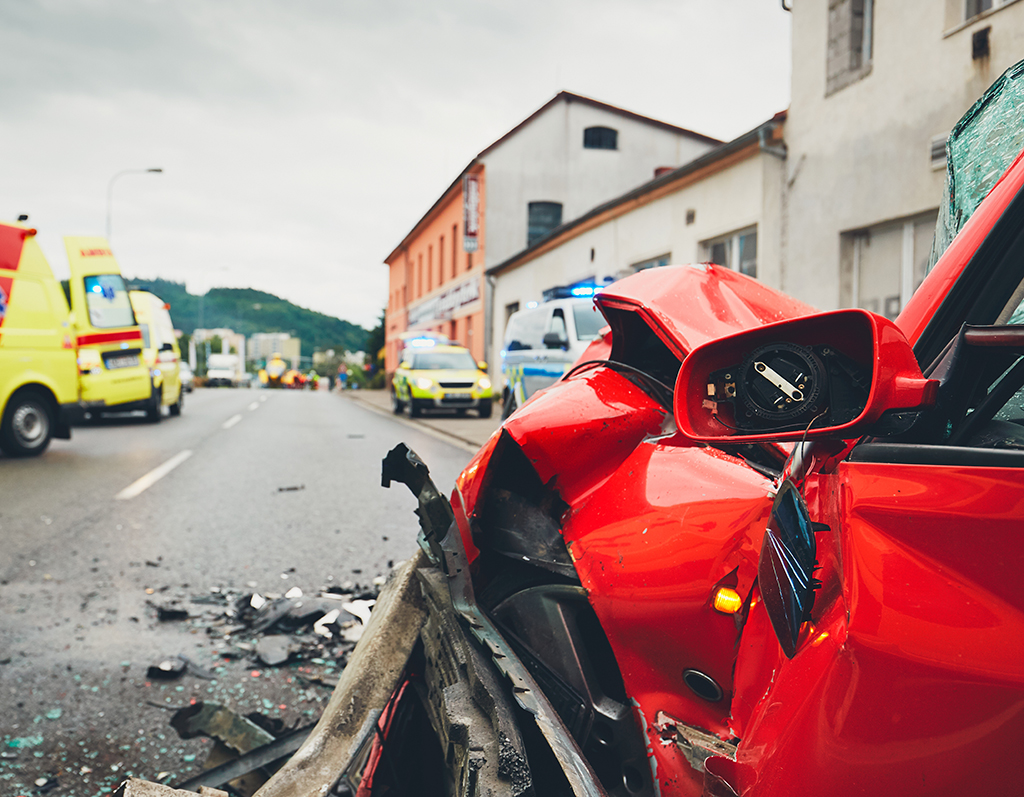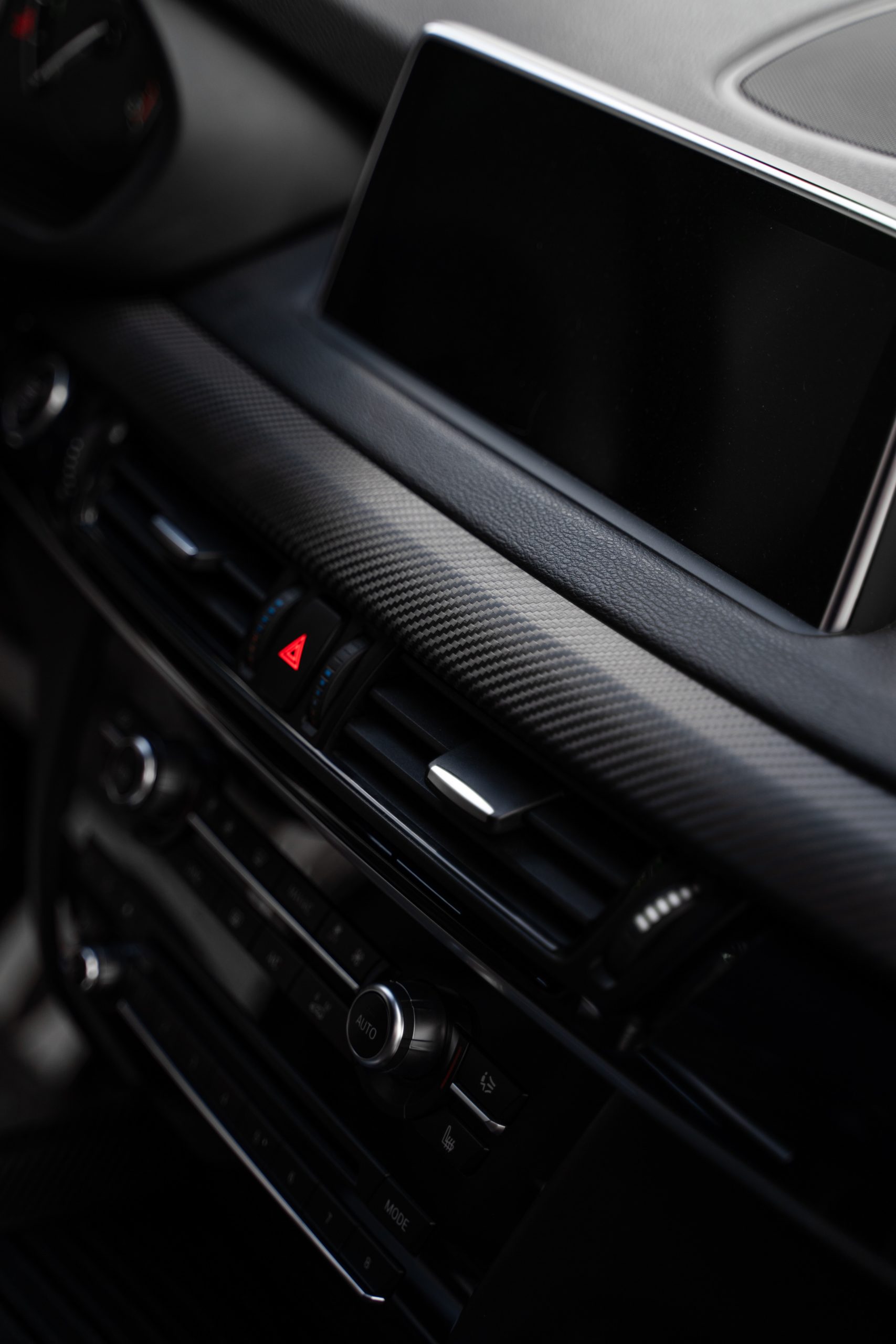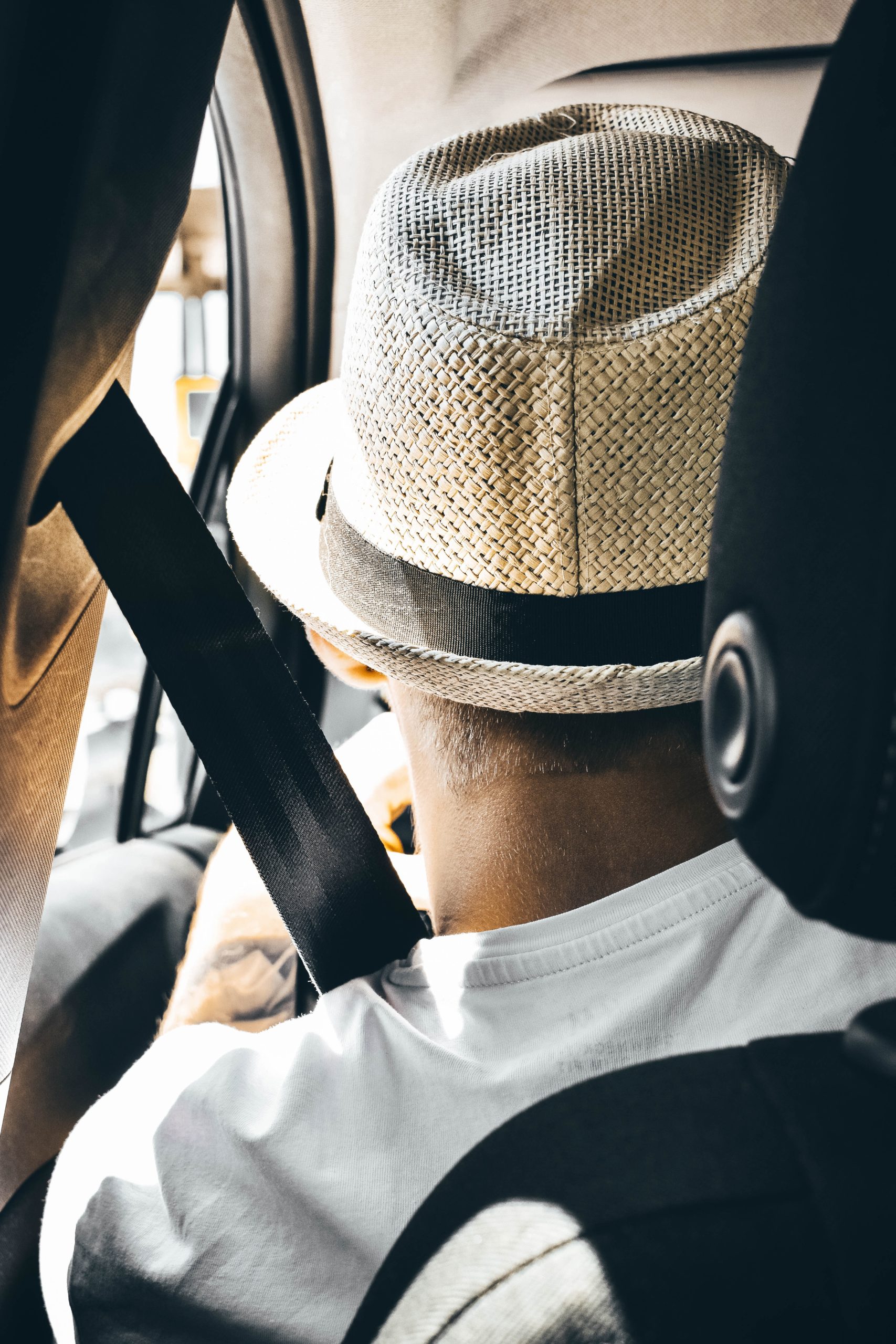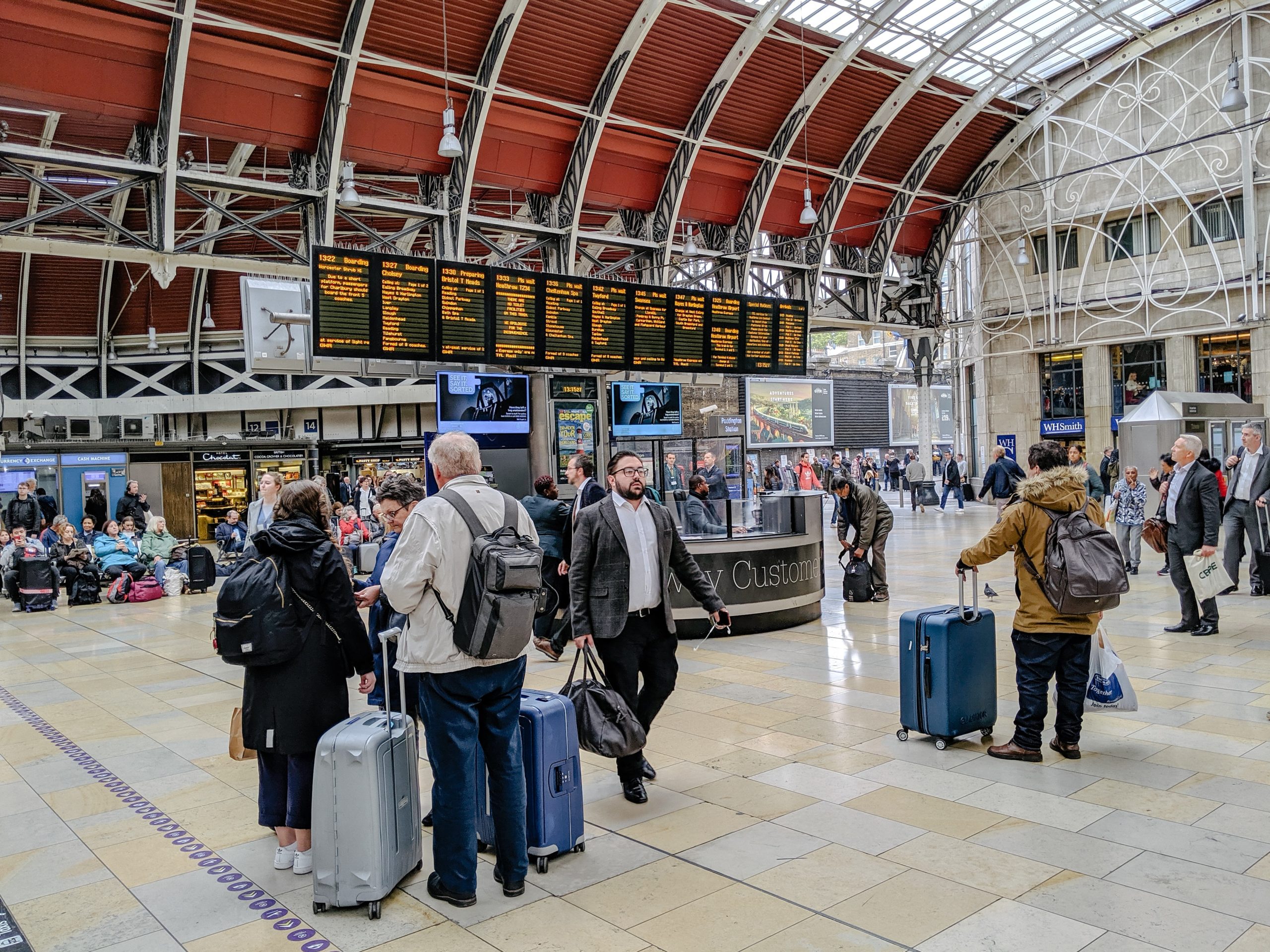It can be upsetting to lose your job because you were hurt. If you think you were wrongfully fired because of an injury, it’s important to know what your rights are and what benefits the law gives you. In this piece, we’ll talk about what you can do to protect your rights if you’ve been wrongfully fired because of an injury.
1. Know what wrongful discharge means:
Wrongful discharge, also called wrongful termination or wrongful dismissal, is when an employee is fired in violation of employment rules or employment contracts. In the United States, most jobs are “at-will,” which means that companies can fire workers for almost any reason. However, there are important exceptions for discrimination, retaliation, and disabilities, which can include injuries.
2. FMLA, or the Family and Medical Leave Act:
Under the FMLA, if you have a serious health condition or injury and work for an eligible company, you may be able to take up to 12 weeks of unpaid leave. Your job is safe during this time, so you can’t be fired just because you’re on FMLA leave.
3. ADA, or the Americans with Disabilities Act:
The Americans with Disabilities Act (ADA) makes it illegal to treat people differently because of their disability. This includes injuries that limit one or more major life tasks in a big way. If you can do the most important parts of your job with or without reasonable adjustments, your boss is usually required to make those adjustments. Wrongful discharge can happen if you were fired because of an injury and there wasn’t a good evaluation of how to help you.
4. Compensation for workers:
If you get hurt on the job, you might be able to get help from workers’ compensation. It is against the law for your boss to fire you because you filed a workers’ compensation claim. Such acts can be used as evidence in a wrongful termination lawsuit.
5. Laws by state:
Employees who get hurt on the job may have more rights under state rules. Some states have rules that protect workers with injuries or disabilities from being fired without cause. Checking the rules in your state is important if you want to know all of your rights.
6. The paperwork:
If you think you were wrongfully fired because of your injury, it’s important to write down everything that happened. This includes emails, letters, contracts, medical records, and any other proof that backs up your claim.
7. Talk to a lawyer:
If you think you were fired unfairly because of your illness, talk to an employment lawyer who specializes in cases of employment discrimination or wrongful termination. They can help you figure out how strong your case is and show you how the court process works.
8. Make a claim:
You can make a complaint with the Equal Employment Opportunity Commission (EEOC) or the right state agency if you think your rights were violated. These organizations look into reports of discrimination at work and can help you find a solution.
9. Talking or going to court:
Your lawyer can help you talk to your former boss and find a solution, which could be a settlement, return, or back pay. If talks fail, you can file a case to get money for damages and, if necessary, to get your job back.
If you were fired because of an accident and it wasn’t your fault, you should take steps to protect your rights. If you think you were wrongfully fired because of an injury, you should learn about the employment rules and talk to an attorney. Keep in mind that employment law can be complicated and varies from state to state. To find a fair answer, it is often best to talk to a lawyer.


